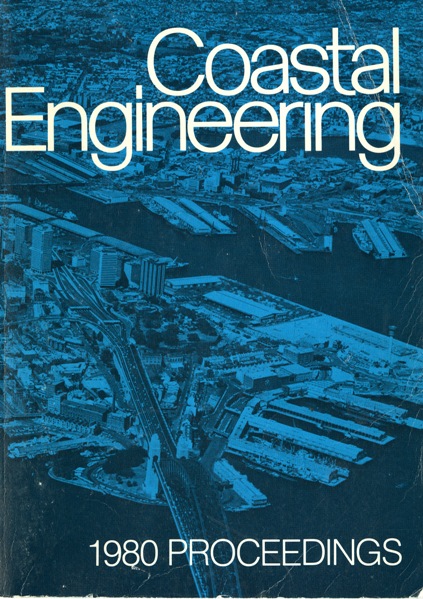Abstract
Studies of tsunami generation often employ simple models of the sea floor dislocations to permit tractable analytical solutions. Although these solutions provide basic insight into the generation process, they are incapable of producing explicit results for prototype events where both the spatial and temporal distributions of the sea floor dislocation may be quite complicated. Herein we exploit the apparent linearity of the generation process and demonstrate both the use and validity of the superposition principle to construct solutions for complex bed motions. Analytical and experimental results are presented for a monopolar dislocation (block upthrust or downthrow) with a complex time-displacement history. The time history used in the computations is obtained from an integrated accelerogram recorded at Pacoima Dam, near Los Angeles, during the earthquake of February 9, 1971. A complex spatial deformation is not used in order to enable experimental verification of the analytical results. This is unfortunate since it appears that the details of the time-displacement history are not important for prototype phenomena where the motion may be considered instantaneous. However, it is important to note that the analysis treats both space and time variations in an identical manner; hence, confirmation of this approach for complex time variations strongly suggests analogous behavior for complex spatial variations. Finally, we examine and compare several alternative time-displacement histories for the mean motion. It is shown that the results for each mean motion can be unified by introducing a velocity as a descriptive parameter which is based on the kinetic energy input of the moving bottom to the overlying fluid.
Authors retain copyright and grant the Proceedings right of first publication with the work simultaneously licensed under a Creative Commons Attribution License that allows others to share the work with an acknowledgement of the work's authorship and initial publication in this Proceedings.

